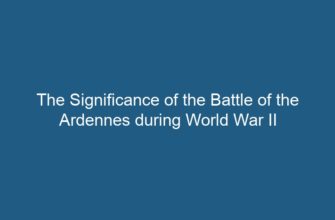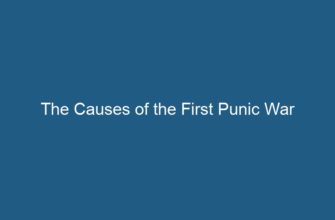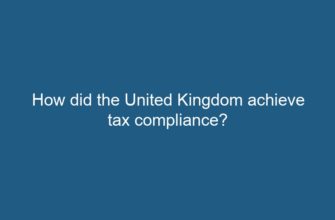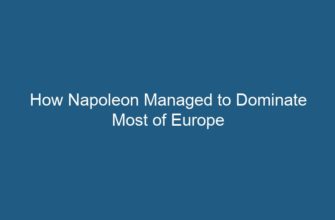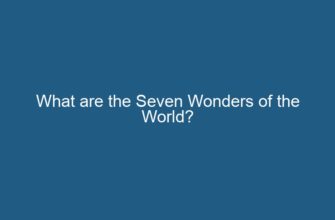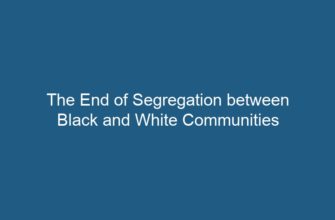December 7, 1941, is a date that will forever be etched in the annals of history. On that fateful day, the United States naval base at Pearl Harbor, Hawaii, was attacked by a surprise military strike from the Imperial Japanese Navy. This attack catapulted the United States into World War II and changed the course of history. In this article, we will delve into the details of the Pearl Harbor attack and explore the question: Who bombed Pearl Harbor?
- Background: Rising tensions between Japan and the United States
- Planning the attack
- The objectives of the attack
- Selection of Pearl Harbor as the target
- Planning and logistics
- The attack on Pearl Harbor
- The timeline of the attack
- The extent of the damage
- Casualties
- Identifying the perpetrators
- Japanese forces involved
- Admiral Isoroku Yamamoto
- Political leadership in Japan
- Conclusion
Background: Rising tensions between Japan and the United States
Before we can understand who bombed Pearl Harbor, it is essential to comprehend the geopolitical landscape leading up to the attack. In the early 20th century, Japan, under Emperor Hirohito, was aggressively expanding its empire in Asia. However, this expansionism clashed with the interests of the United States, which aimed to maintain its dominance in the Pacific region.
One of the significant points of contention between Japan and the United States was Japan’s invasion of China in 1937. The United States, along with other western powers, imposed economic sanctions on Japan as a response to its aggression. These sanctions included the embargo of vital resources such as oil, which severely crippled Japan’s war effort.
Planning the attack
The Japanese military, led by Admiral Isoroku Yamamoto, realized that a crippling pre-emptive strike against the United States was necessary to neutralize any potential threat to their expansionist ambitions. The planning for the attack on Pearl Harbor began in early 1941.
Subtopics:
- The objectives of the attack
- Selection of Pearl Harbor as the target
- Planning and logistics
The objectives of the attack
The primary objective of the attack on Pearl Harbor was to incapacitate the United States Pacific Fleet, thereby preventing any interference with Japan’s planned expansion in Southeast Asia. By crippling the American naval forces, Japan aimed to buy enough time to consolidate its hold on territories such as Malaya, the Philippines, and Indonesia.
Selection of Pearl Harbor as the target
The Japanese military chose Pearl Harbor as the target for several reasons. Firstly, it was the home port for the United States Pacific Fleet, making it a strategic location to launch an attack. Additionally, the shallow depth of the harbor made it difficult for larger ships to escape, thus increasing the chances of success for the Japanese attackers.
Planning and logistics
The meticulous planning for the attack involved extensive reconnaissance missions to gather intelligence on the layout and defenses of Pearl Harbor. The Japanese military also had to overcome logistical challenges, such as the long distance between Japan and Hawaii and the need to maintain operational secrecy.
The attack on Pearl Harbor
On the morning of December 7, 1941, a fleet of Japanese aircraft carriers launched a surprise attack on Pearl Harbor. The attack consisted of two waves of bombings and targeted key military installations, including battleships, aircraft carriers, and airfields.
Subtopics:
- The timeline of the attack
- The extent of the damage
- Casualties
The timeline of the attack
The attack on Pearl Harbor commenced at 7:48 am Hawaiian time and lasted for approximately two hours. The Japanese launched two waves of bombings, with the second wave targeting the repair facilities and shipyard.
The extent of the damage
The damage inflicted on Pearl Harbor was extensive. The Japanese bombers successfully sank or severely damaged eight battleships, including the USS Arizona, which suffered a catastrophic explosion that claimed the lives of 1,177 crew members. Numerous other vessels, aircraft, and facilities were also destroyed or damaged.
Casualties
The attack on Pearl Harbor resulted in a significant loss of life for the United States. A total of 2,403 Americans were killed, including military personnel and civilians, while 1,178 others were injured. The attack also led to the destruction of numerous aircraft and ships.
Identifying the perpetrators
With the details of the attack on Pearl Harbor laid bare, the question of who exactly bombed Pearl Harbor arises. The responsibility for the attack lies squarely with the Imperial Japanese Navy, under the command of Admiral Isoroku Yamamoto.
Subtopics:
- Japanese forces involved
- Admiral Isoroku Yamamoto
- Political leadership in Japan
Japanese forces involved
The attack on Pearl Harbor was carried out by a fleet of six Japanese aircraft carriers, including the Akagi, Kaga, Soryu, Hiryu, Shokaku, and Zuikaku. These carriers launched a total of 353 aircraft, including fighters, dive bombers, and torpedo bombers, to execute the attack.
Admiral Isoroku Yamamoto
Admiral Isoroku Yamamoto, the Commander-in-Chief of the Combined Fleet of the Imperial Japanese Navy, was the mastermind behind the attack on Pearl Harbor. He meticulously planned the assault, recognizing its potential to cripple the United States’ ability to counter Japanese expansion.
Political leadership in Japan
While Admiral Yamamoto played a crucial role in planning the attack, it is essential to note that the decision to bomb Pearl Harbor was made at the highest levels of the Japanese government. Emperor Hirohito and his advisors, including Prime Minister Hideki Tojo, approved the attack as part of Japan’s overall military strategy.
Conclusion
The question of who bombed Pearl Harbor has a clear answer: the Imperial Japanese Navy, under the command of Admiral Isoroku Yamamoto. The attack on Pearl Harbor was a devastating blow to the United States and propelled the nation into World War II. By understanding the intricate details of this infamous attack, we gain insight into the complex dynamics of global conflict and the enduring lessons it holds for future generations.




